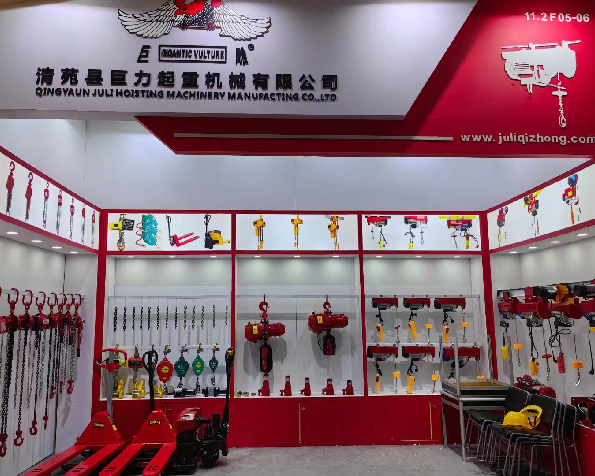


Electric Hoist with Wireless Remote Control Empowering Efficiency and Safety
In today's fast-paced industrial environment, efficiency and safety are paramount. One of the innovations that have revolutionized the lifting and material handling sectors is the electric hoist with wireless remote control. With a focus on convenience and operational effectiveness, these modern hoists, especially those operating at 110 volts, have become essential tools in various applications, from construction to manufacturing.
The Evolution of Electric Hoists
Electric hoists have undergone significant transformations since their inception. Traditionally, manual hoists relied heavily on human strength, which could be inefficient and hazardous. The introduction of electric hoists eliminated much of the physical strain while enabling faster lifting speeds. However, the integration of wireless remote control technology has pushed this advancement further. Now, operators can control the hoisting process from a safe distance, significantly reducing risks associated with manual operation and enabling precise lifting.
Key Features and Benefits
1. Wireless Control The most notable feature of electric hoists with wireless remote control is the ability to operate the device from a distance. This capability enhances safety by keeping the operator away from potential hazards, particularly in environments where heavy loads are being lifted.
2. User-Friendly Interface The remote controls are designed with user ergonomics in mind. Operators can easily maneuver the hoist with simple buttons, making it accessible for workers of various skill levels. Some models even offer programmable functions, allowing for more complex lifting tasks to be completed with ease.

3. Portability Many electric hoists, especially those designed for 110 volts, are compact and lightweight. This portability allows them to be easily transported between job sites, making them ideal for contractors and businesses that require versatility in their equipment.
4. Safety Features Advanced electric hoists come equipped with various safety mechanisms, such as overload protection, limit switches, and emergency stop buttons. These features ensure that the hoist operates within safe parameters, thereby protecting both the equipment and the operators.
5. Energy Efficiency Operating at 110 volts, these electric hoists consume less power compared to their higher-voltage counterparts. This energy efficiency not only reduces operational costs but also contributes to a lower environmental footprint.
Applications Across Industries
Electric hoists with wireless remote control find applications in a myriad of industries. In construction, they are used to lift heavy materials to elevated heights, such as steel beams or concrete panels. In manufacturing, they assist in the assembly line processes by moving components from one station to another efficiently. Additionally, they are valuable tools in warehouses for loading and unloading goods. Their versatility and reliability make them indispensable across various sectors.
Conclusion
The electric hoist with wireless remote control, particularly those operating at 110 volts, is a game-changer in the material handling industry. By combining technological innovations with practical design, these hoists enhance operational efficiency while prioritizing safety. As industries continue to evolve and demand greater productivity, the importance of such advanced equipment cannot be overstated. Investing in an electric hoist with a wireless remote control is not merely a decision for convenience; it is a commitment to improving workplace safety and efficiency, ultimately leading to better outcomes in any lifting operation.



